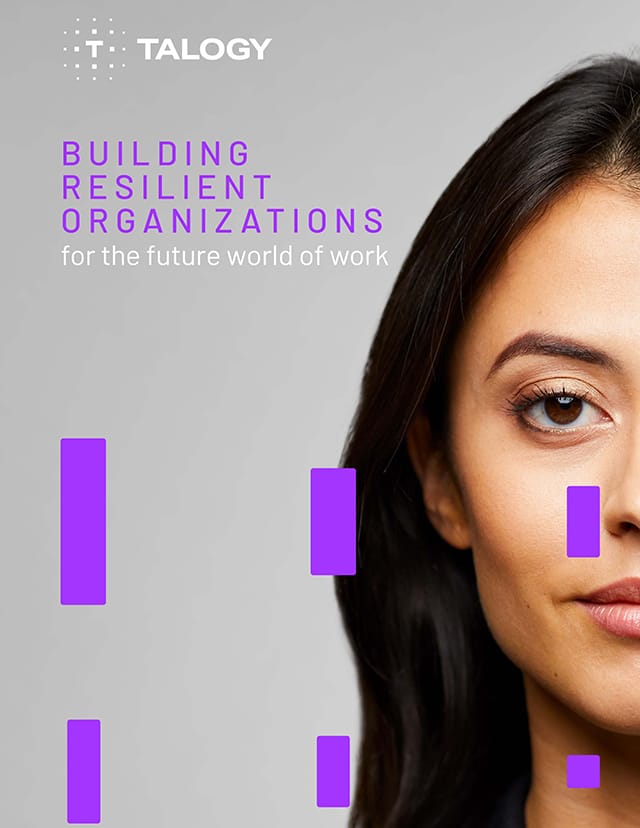Written by Sophie Seex, Managing Consulting and Chartered Business Psychologist
Permacrisis, a new entry to the Collins English Dictionary for this year – defined as ‘an extended period of instability and insecurity’ – captures what it’s like to live through tumultuous times characterised by pandemics, inflation, climate change, and political instability. It seems the new normal is one of increased uncertainty.
In this blog about navigating the permacrisis, I will explore how we can lead ourselves and others to create a steady presence through uncertainty.
Humans crave stability
It is clear that while some change is stimulating and necessary for personal growth and innovation, too much uncertainty scares us because as humans we crave stability. A bit like the stock markets, a lack of stability creates a reaction.
Neuroscientist David Rock cites ‘certainty’ as a core human need and that the lack of it triggers a threat response in much the same way as physical threats do. This is because our brains are wired for safety first and we establish this primarily through being able to predict our future. We learn through our emotional experience what to approach and avoid, allowing us to automate most of our behaviour to conserve energy, enabling us to reserve our limited prefrontal context executive function for novel and complex problems.
A world of too much uncertainty challenges this system by putting an increased cognitive load on our executive functioning as we adapt to novel situations while simultaneously creating an error message which fires our threat or survival response. Together, this increased uncertainty means we are at risk of making poor decisions which undermine our performance and resilience. As a recent Harvard Business Review article cited “the complexity of the world has surpassed the complexity of the mind.”
Navigating uncertainty
So how can we ensure we remain calm and think clearly? To skillfully navigate ambiguity requires us to lead ourselves so we remain in a mindful state while making the best use of cognitive resources to skillfully lead others.
1. Know thyself – Practice self awareness
Know thyself was the first of the ancient Greek Delphic maxims. Self-aware leaders create safety for others, as they are more predictable. Building self-awareness ensures we notice when our internal resources are being depleted – moving us from being ‘mindful’ to operating in a ‘survival’ state. We can then use this awareness to manage discomfort, calm our minds, and manage our attitudes, feelings, and behaviours.
A powerful way to develop this is to do a regular ‘personal check-in’ by keeping a journal and rating (daily, weekly, and monthly) your mindset, emotions, and effectiveness on a scale of 1 to 10 and asking yourself what’s causing this. Doing this reflection in a curious, non-judgmental, yet disciplined, way increases our capacity to make emotionally intelligent choices in how we respond.
2. Recognise ambiguity and complexity
The second of the Ancient Greek Delphic maxims translates as ‘certainty brings insanity.’ It implies that in the pursuit of certainty in an uncertain world, we can fall into the trap of oversimplification and basing decisions on limited or biased thinking. We can mitigate this by recognising the reality of complex problems which by their very nature are ambiguous.
By recognising the complex and uncertain nature of problems, we can make better decisions by seeking alternative perspectives, testing our assumptions, seeking data and evidence, and exploring more nuanced options open to us. The design thinking tool ‘Assumption Busting’ is a great way to do this.
3. Take the ‘balcony view’
In an attempt to regain some ground, it is tempting to step in, focus, and control what we can. While all this helps engender a sense of ownership, it may limit our perspective and capacity to see patterns and emerging trends. Ron Heifetz et al in their article on adaptive leadership coined the phrase “move from the dance floor to the balcony.” Taking time to step back and take in the bigger picture from the balcony cultivates an agile mind so we can see the systems we operate in, identify interdependencies, and engage our intuition to spot patterns and future trends.
4. Be humble
This is easier said than done. For leaders especially, it’s easy to believe we need to be all knowing and demonstrate our competence to others. Humility requires us to recognise our limits, accept not having all the answers, seek input, and adopt a learning mindset so that we are okay with getting it wrong and not having the perfect solution.
5. Create certainty
When times are particularly turbulent and the pressure is on, it can help to create certainty where you can and filter out the noise. Creating routines is a great way to do this to minimise unnecessary decisions. Barack Obama was known for his ability to focus his decision making – choosing to wear the same suit daily and having a simplified tick box system for memos (‘Agree, Disagree, Let’s discuss’), therefore creating clarity for others. As a leader you can create certainty by having routine meetings, advanced agendas, being open about your opinions and feelings, and giving people clear goals, expectations, and feedback so that energy is preserved for achieving outcomes.
These five strategies together will help you lead yourself through uncertainty and become a steady presence for others.




